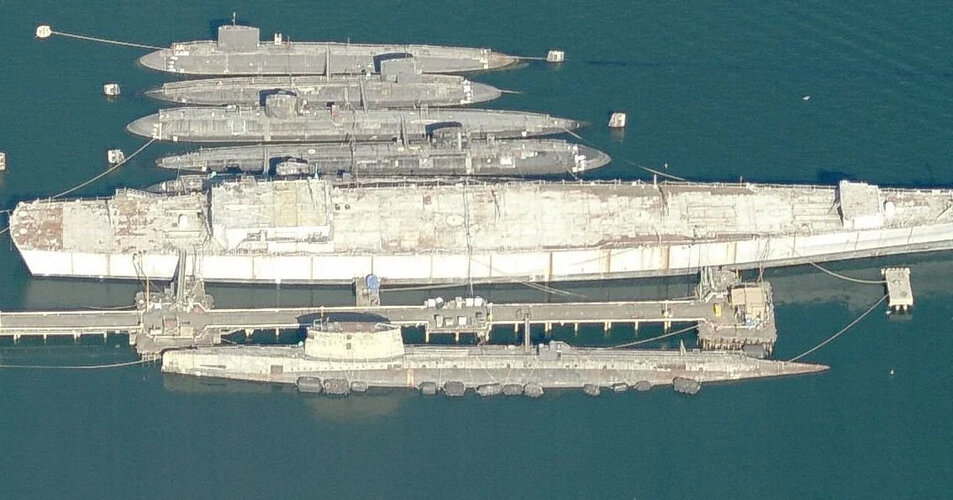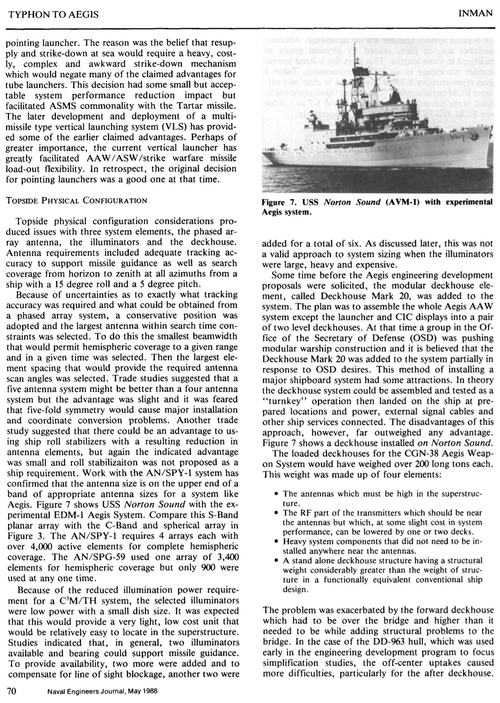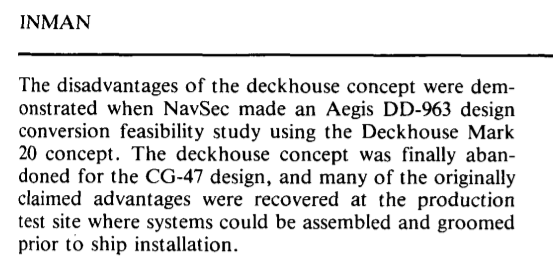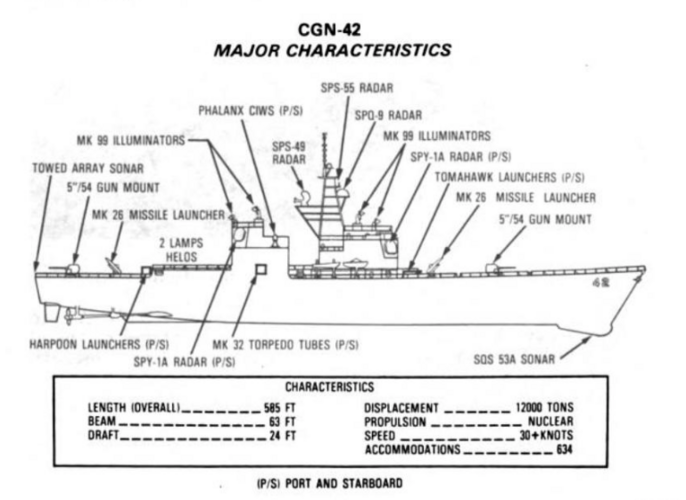The earliest Typhon designs when the missiles still called Super Tartar and Super Talos (There seems to be no Super Terrier??? ) one wwas envisioned with the SPS-32/33 set the other a more simple what looks like enlarged SPG-51's?
View attachment 646244
But I don't think the SPS-32/33 were simplified SPG-59's as the SCANFAR was a search radar though maybe the SPS-33 (The vertical sets) could be used for guidance while the SPG-59 was a dedicated missile guidance system.
The Terrier was to be taken over by the Super Tarter since it had the same max range of the older Terrier while retaining the minumun range of the older Tarter.
The SPG59 was to the Full Detected to Kill set, in a very similar way to the Army's Patriot System, a full proper one and done system ment replace the 12 different radars usual found on warships at the time. Air search ground search, navigation, target control it was to do it ALL.
Then they got around to do the power curve testing and the maths for it.
And found the system Took a metric ASS TON of power.
As in take thousand of miles off a ship range to run it types of power limiting the ship usage to the nuke boats.
So they decide to make the SPS systems, which later became SCANFAR, to take over the general search settings to save power, That didn't work since Scanfar itselt was a very power hunger system since it was an early version of the AESA types*. That brings to the usual line of designs we see with the SPS-43 and similar search radars while the SPG59 was limited to combat use only. Which gave use some funky designs like the Des Moines Typhon refit with four SPS-43 set up in panels around the main SPG59 fire control group. That didn't do the trick either causing the navy to cancel it in December of 63.
Then the Navy finaly tested it on the Norton Sound in the 63/64 and nearly fried that ships electric system, THAT BEEN OVERBUILT IN THE REFIT just for that. Which was the final nail in the coffin for the system.
*During this time SCANFAR was order in designing phases originally to take over the search, then it was divorced from the program all together for use on the Long Beach and Enterprise nearing completion since it could also use the regalur SPG-49/55 systems as well and the navy figured it may as well get something for its money. That system had it's own issues as we know it and never really did work how the Navy wanted it.
Which leads us to 64 when a certain Program call the ASMS, Advanced Surface Missile System, was started to met the anti missile requirements the Navy felt was needed for the future. With alot of the Typhon and Scanfar personal being dropped over to work on it.
A few years later in 69, ASMS was remained AEGIS and the rest is history.













